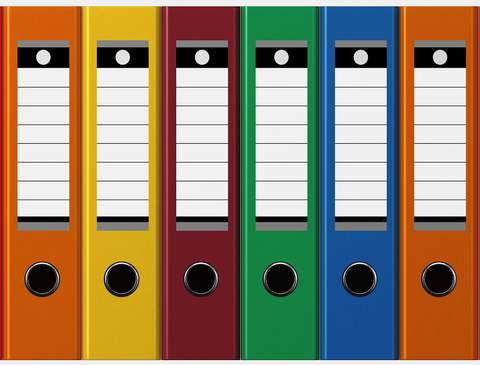A quick guide to conveyancing
What is a conveyancing service?

It’s common for people to not be familiar with what conveyancing is - especially if they are a first-time buyer.
In short, conveyancing is when a property is legally transferred from one owner to another.
A licensed conveyancer (or conveyancing solicitor) works on behalf of a person buying or selling a property. Their job is to ensure that the necessary contracts and paperwork are signed and carried out efficiently.
A licensed conveyancer or conveyancing solicitor will act to ensure that all the legal and administrative work required to complete a house purchase is valid under law.
When might I need a conveyancing service?
You will need to use a conveyancing service, either through a licensed conveyancer or a conveyancing solicitor, at the point where an offer on a house is agreed between buyer and seller.
What’s the difference between a conveyancer and a solicitor?
Both are qualified to carry out conveyancing for you. The main difference lies in the fact that conveyancing solicitors will be trained in a variety of legal fields as well as that of conveyancing, and they therefore hold a bigger range of knowledge when it comes to property law.
Licensed conveyancers only specialise in conveyancing, though they are still as likely to have a deep knowledge and understanding of it as a field.
What does a conveyancing service actually involve?
The process is commonly quite detailed and can range from being fairly straightforward to legally complicated. It depends on the circumstances and factors at play as to how long it will all take. Generally, your chosen conveyancer will make sure that:
- A contract pack is obtained (via the seller’s solicitor)
- A copy of your mortgage offer is requested and received
- The required local authority searches are carried out, with the results analysed, recommendations made, and any items of concern raised
- Potential completion dates are set and agreed on by both parties
- Signed contracts are exchanged (after your contract is checked)
- The deposit is successfully transferred to the seller’s conveyancer or solicitor
- The completion statement and transfer deeds are handed to you to complete
- The signed transfer deeds are successfully passed to the seller’s conveyancer or solicitor
- The balance of the purchase price (minus the deposit amount) is transferred over to the seller’s conveyancer or solicitor
- Any Stamp Duty Land Tax due is paid to HMRC
- The necessary transfer of ownership reaches the Land Registry
- The title deeds for the property (now in your name) is sent to your mortgage lender to hold as security against your mortgage
You should expect your chosen conveyancer to carry out most of the legwork when it comes to the legal paperwork process - but do remember that you will still have responsibilities whilst this is all taking place. You may, for example, be expected to pay a few extra fees in order to get all the paperwork details in place.
How do I find a good conveyancing service?
There’s a reason why people say buying a house is one of the most stressful things you can go through! That’s why finding a reliable and efficient conveyancer will be an invaluable asset to you throughout the home-buying process.
There are already many websites you can consult for information in order to find the best service for you. Most will allow you to compare quotes from conveyancing solicitors and professionals, and many will also contain public reviews so that you can get a good idea of the past performance of potential conveyancing service suppliers.










